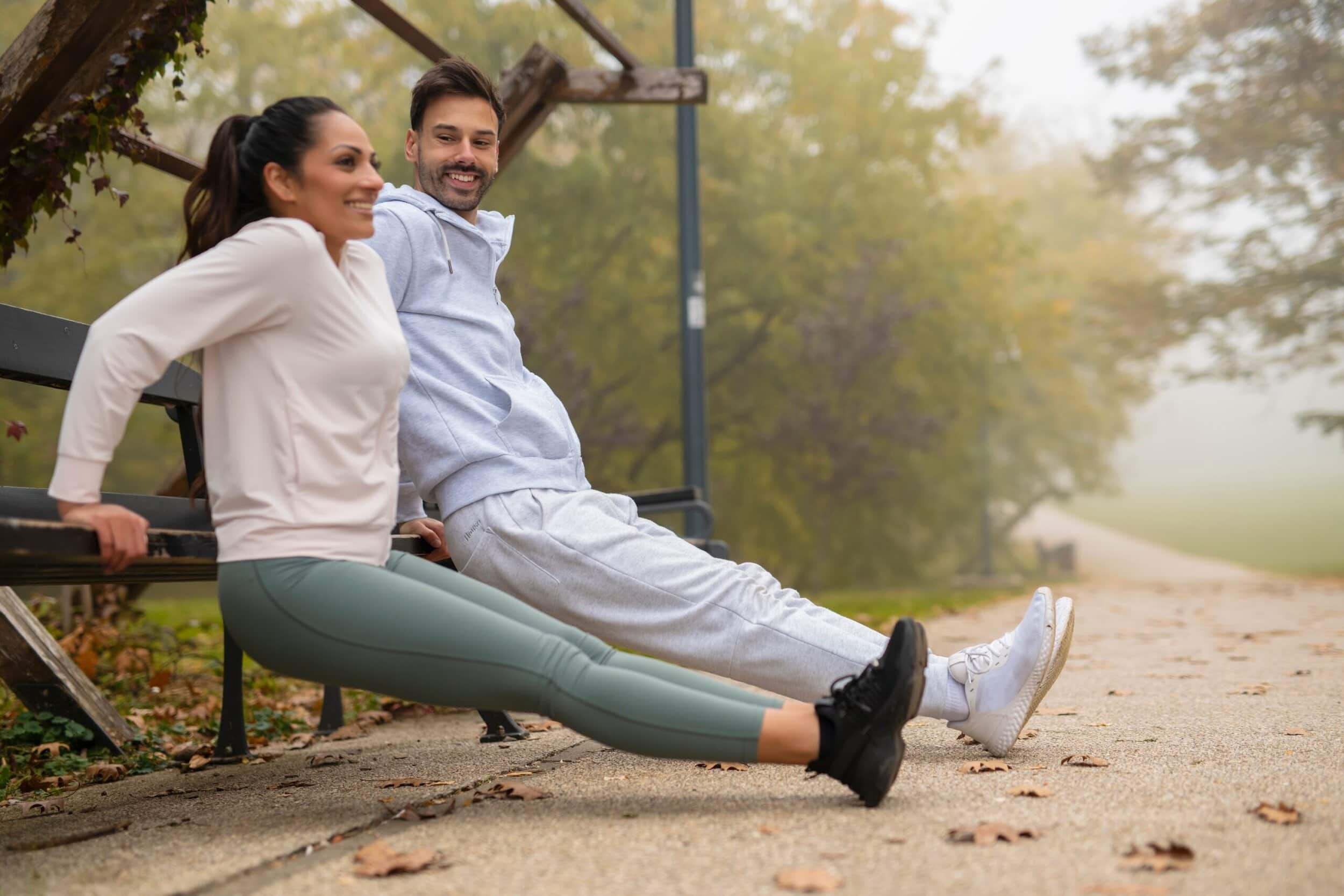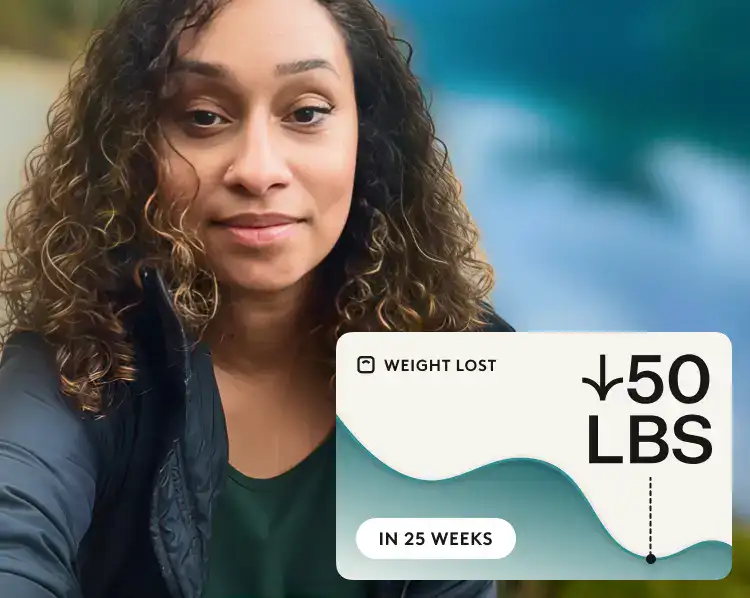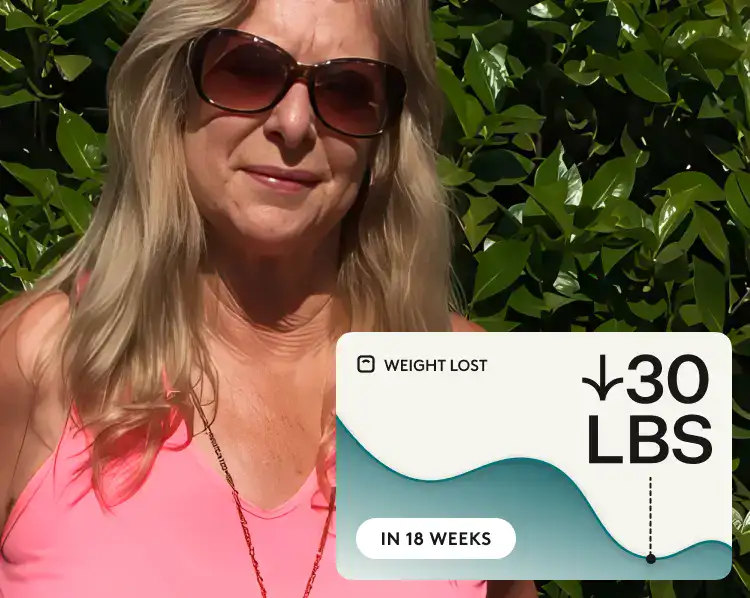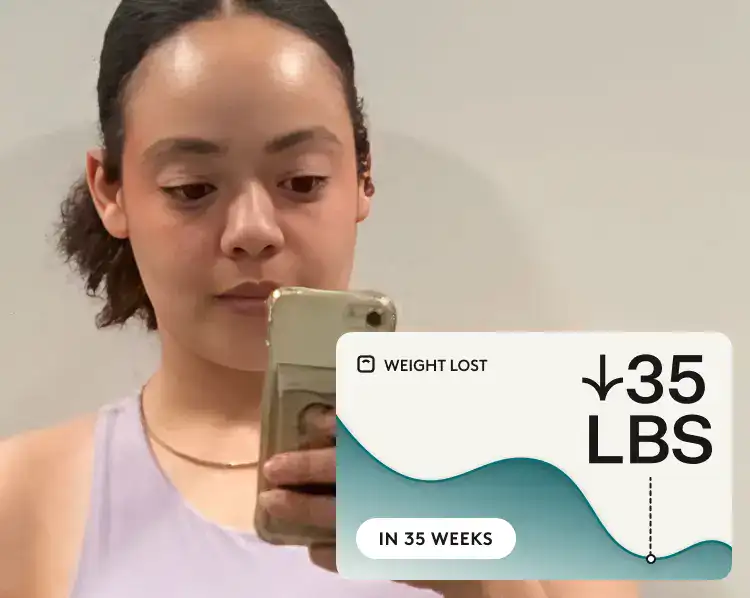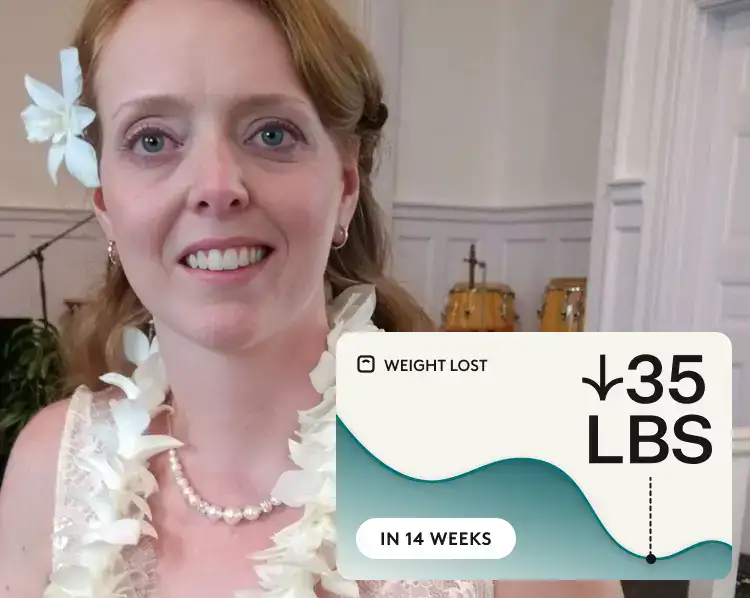What you’ll learn:
- The winter arc is a 90-day challenge designed to help you build healthy habits before the new year begins.
- By building habits through the colder months, you gain a major head start by the time you wake up on New Year’s Day 2026.
- The biggest benefit is learning to maintain consistent, evidence-based habits — not just completing a challenge.
If a powerful change in your diet, exercise routine, mental health, or overall well-being was a 2025 goal, you don’t have to wait. There’s still plenty of time to start and get ahead for 2026 by participating in the winter arc challenge. What’s that, you ask? It’s a popular strategy where people use the last 90 days of the year to build momentum toward their January 1st resolutions.
Unlike trends like “cortisol cocktails” or “fibermaxxing,” the winter arc, also called the “lock-in challenge,” isn’t about a miracle drink or extreme protocol. It’s a mindset and structure. There are general guidelines for a winter arc, but the idea is that it’s customizable to fit your needs by:
- Committing or “locking in” to a few new habits that matter most for your personal goals
- Making your goals measurable and manageable
- Using tracking, reminders, and weekly reviews to stay on track or adjust as needed
- Prioritizing gradual progress over dramatic leaps
- Building in rest, recovery, and flexibility
On social media, the winter arc has gone viral as a self-improvement movement. People claim it helps them lose weight, improve fitness, and boost mental health before most even begin their New Year’s resolutions. But is it worth trying?
Let’s explore what the winter arc really is, how (and if) it works, and whether it’s a tool worth adopting for your goals for the new year. We’ll also hear from Dr. Karen Mann, Noom Medical Director, about key safety tips for staying healthy while still challenging yourself.
What is the winter arc?
At its core, the winter arc challenge is a 90-day wellness challenge encouraging you to work on your personal, physical, mental, or lifestyle goals before the year ends. It typically runs from October through January, giving you three focused months to build momentum. But you can always start later and still make progress.
Unlike programs like the 75 Hard challenge, a strict 75-day program people participate in during a similar time frame, winter arc rules are intentionally flexible.
Some examples of things to focus on during the winter arc are:
- Creating a consistent morning routine.
- Hitting certain nutrition goals, like a protein target, meal prepping, or cutting back on ultra-processed foods.
- Improving mental wellness by attending therapy, meditating, or limiting screen time.
- Reading new books and journaling.
- Drinking enough water and limiting alcohol.
The goal isn’t perfection, it’s progress. Whether you aim to improve nutrition, exercise more, start therapy, or simply feel more grounded, the winter arc helps you take small, repeatable steps toward change. This concept aligns with Noom’s philosophy around microhabits—the idea that small steps and tiny tweaks add up to bigger results than making drastic changes.
Why is the winter arc trending?
The appeal of the winter arc is that it motivates you to make the most of late fall and early winter, rather than waiting until right before January 1 to make a resolution. Rather than treating the year’s end as downtime, participants use it as an opportunity to slowly accelerate.
Following a winter arc challenge can help you:
- Stop the slump: Many people lose motivation during the holidays. Participating in the winter arc challenge motivates you. By taking “small wins” instead of big transitions, small habits that make a difference over time.
- Get ahead of New Year’s resolutions: By New Year’s Day 2026, you’ll already have 90 days of progress behind you.
- Make it your own: Because winter arc rules are flexible, you can focus on any area of life: mental wellness, organization, sleep, or even creative projects, not just fitness.
By reframing the “winter slump,” the challenge transforms the last quarter of the year into a season of growth and confidence.
Does the winter arc challenge really work?
It can! The answer depends on your approach. Like any wellness goal, success comes from consistency and moderation, not perfection. Let’s look at the psychology behind it.
The 90-day duration of the winter arc is a realistic time frame for how long it takes to make a new routine stick. A key study found that it takes people about 66 days on average for a new behavior to become automatic, something you do without thinking. But more recent studies show that it can take longer, up to eight months, for a more difficult habit.
Since the challenge is 90 days, it gives you a crucial extra month past the 66-day average. Taking 90 days gives you the time needed to turn a new behavior into a habit. But if it takes longer, that’s okay, too; you’re still well on your way!
Here are some evidence-based tips for success:
- Set clear goals: Choose specific goals (like “walk for 30 minutes daily”), not vague ideas (like “get fit”). That makes it easier to know what to do and how to do it.
- Try habit stacking: Take a habit you already do, and stack a new microhabit right on top.
- For example, if your current routine is drinking morning coffee, add meditation directly after. This works by attaching a new habit (meditating) to an existing one (drinking coffee). Instead of trying to start from scratch, you piggyback off a routine that’s already automatic.
- Monitor your progress: Tracking your progress daily is a powerful tool. Create a checklist and keep it on your fridge. When you check off a box, it gives you satisfaction and boosts motivation to keep going.
- Enlist social support: Research found that going to the gym with a friend increased visits by 35%, suggesting that social support can significantly boost your ability to reach your fitness goals.
The winter arc challenge is successful not because it’s a quick fix, but because it provides the right amount of time and the right structure to create new routines that fit into your lifestyle.
Is following the winter arc challenge safe?
Generally, following the winter arc challenge is safe for most people when practiced in moderation and with realistic goals. But some approaches can lead to potential concerns for your health and well-being. Here’s what to look out for:
Winter arc risk: Making big changes to your exercise level too quickly
Trying to go from sedentary to an intense daily routine can lead to injury. Dr. Mann offers her insights, “When starting a new routine, especially one with a fixed, high-intensity goal, it’s critical to respect your current fitness level. A rapid increase in duration or intensity is a fast track to burnout and overuse injuries like stress fractures or tendonitis. Focus on making small, consistent improvements and listen to your body’s signals for rest.”
Winter arc risk: Not eating enough nutritious foods
Focusing too heavily on a fixed 90-day deadline can lead to extreme measures, such as crash diets, that are detrimental to your health. Not getting enough calories can slow your metabolism, cause fatigue, malnutrition, and lead to poor exercise performance and recovery.
Dr Mann cautions, “Extreme diets promise fast results but deliver long-term damage. Cutting calories drastically almost always leads to a deficit in essential vitamins and minerals, which your body needs for everything from immunity to energy production. Instead of ‘dieting,’ focus on nutrient-dense foods that fuel your goals. This makes the habit sustainable and also supports your body through the demands of a new fitness routine.”
Consult with a healthcare provider before adopting any new health trend, especially if you have underlying health conditions or a history of disordered eating.
Winter arc risk: Burnout
When you’re trying to build healthy habits, juggling too many changes can also lead to mental fatigue. What should you do?
Start small. To prevent mental burnout, start with one or two key habits and improve them before adding another.
Remember, taking extreme lengths isn’t going to make a difference long-term, but slow, steady changes are more sustainable and likely to stick.
Frequently asked questions about the winter arc challenge
When is the winter arc?
Typically, the winter arc runs from October 1 to December 31 (or up to January 1), spanning 90 days. But there’s no reason why you can’t start later and build momentum for your new year’s goals.
What does winter arc mean?
Winter arc refers to broadly committing during the final 3 months of the year to building or reinforcing health, mental well-being, productivity, or personal development habits, so you enter the new year already in motion.
How much weight can I lose in 3 months?
It depends heavily on your starting point, calorie deficit, exercise plan, metabolism, and consistency. A common safe, sustainable target is 1 to 2 pounds per week. Be cautious: too rapid weight loss often signals muscle loss, metabolic slowdown, or rebound risk.
The bottom line: The winter arc challenge prioritizes sustainable progress
The winter arc challenge creates a gradual shift in mind and body, which can be more successful and maintainable than waiting for January. You use October through December as a launchpad. It combines structure, flexibility, and behavioral science to help you build momentum before others even begin. But like any challenge, its effectiveness depends on how you make it work for your lifestyle.
So, should you try a winter arc? If you want to build lasting habits before New Year’s Day 2026, the answer is yes—with moderation. Think of the winter arc as the pre-season for your goals for 2026. It’s not about finishing perfectly; it’s about starting strong.
December 31 isn’t the “finish line.” The real win is maintaining your progress afterward.
If you want help maintaining these changes long after January, Noom can support you with personalized tracking, daily coaching, and science-backed strategies. With Noom’s new free version, you can begin building microhabits that last with food logging, a step counter, tailored guidance, and more. Download Noom now to see all of our new features on iOS & Android.
Why you can trust us
At Noom, we’re committed to providing health information that’s grounded in reliable science and expert review. Our content is created with the support of qualified professionals and based on well-established research from trusted medical and scientific organizations. Learn more about the experts behind our content on our Health Expert Team page.


